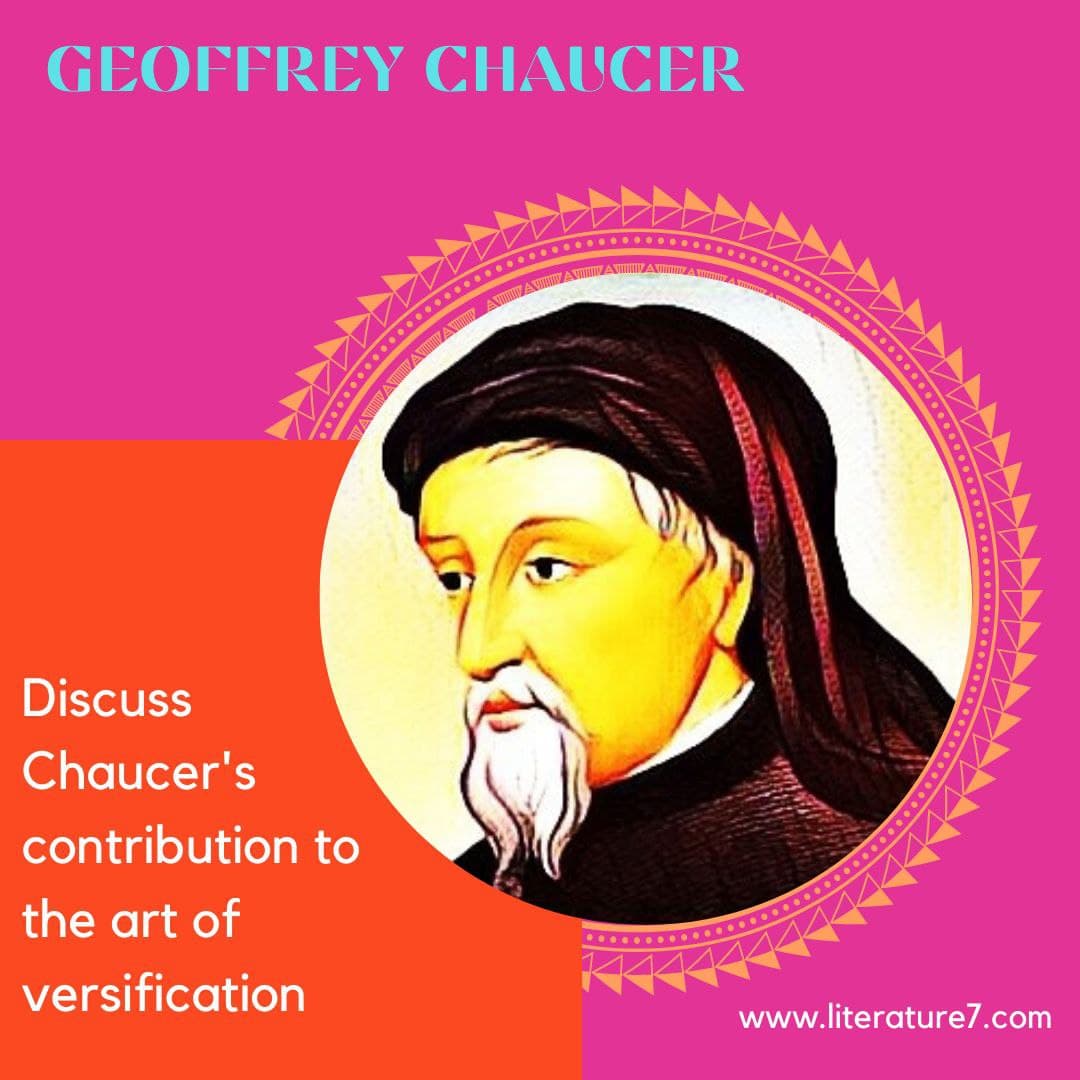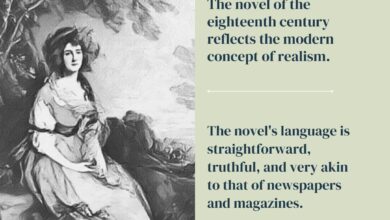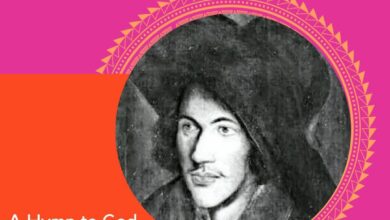Describe geoffrey chaucer’s contribution to english versification

Before Chaucer, the only kind of versification known to the English was alliteration. Chaucer significantly improved and expanded on English versification. Piers the plowman and Sir Gawayne and the Green Knight, two of the fourteenth century’s most famous poems, were composed in alliterative verse. Rime was also used, and poets prior to Chaucer exhibited extraordinary creativity in devising intricate stanza types. Chaucer despised rimes and despised alliterative verse. He scorned alliterative verse—’riming rum raf fuf’—and followed the French system of standard metre and end-rimes.
Chaucer’s Three Primary Metres
Chaucer used three distinct metres: the eight-syllable line rhyming in couplets, as in the Book of the Duchess; the ten-syllable line rhyming in couplets, as in the Prologue to the Canterbury Tales; and the ten-syllable line structured in a seven-line stanza, or the ‘rhyme-royal,’ as in Troilus and Criseyde He inserted the heroic couplet into English verse; he invented the royal rhyme. Chaucer also experimented with metrical forms in his shorter poems. Chaucer established the heroic couplet as the standard unit of narrative poetry, just as Shakespeare established blank verse as the drama unit. He mastered the decasyllabic line, much to the envy and despair of the subsequent century.
The Versification of Chaucer’s Characteristics
The majority of Chaucer’s lines have an obvious rhythm when read naturally and with due consideration for grammatical endings. Apart from questionable textual readings, there are several instances where there is confusion about elison or apocopation, or even a fair choice between two ways of making a line. Probably no set of rules will ever be developed that will resolve all such issues.
However, some characteristics of Chaucer’s versification should be kept in mind. In comparison to Gower’s lines, for example, his lines have a great deal of freedom and variety of movement. He is continuously shifting the caesural pause’s location. He sometimes reverses the rhythm of afoot, using a trochaic movement in place of an iambic one. The majority of English poets, he sometimes uses an extra light syllable in a line (a trisyllabic foot in place of the standard iambus). However, it is often difficult to tell whether to use apocopation in such cases. The additional syllable appears to have been most common during the caesural pause.
Chaucer undoubtedly permitted one other inconsistency, which several of his opponents condemned and which he scribes sometimes attempted to address by emendation. He always omitted the first unaccented syllable of a line. These headless, or nine-syllable lines—or seven-syllable lines in the case of the octosyllabic metre—are hardly objectionable when the initial stress is placed on a significant word. When a preposition or conjunction receives this initial accent, there may be more ground for critics to object, but the proof of the manuscripts requires that several such lines be admitted to the text.
The Effects of the Loss of the Final ‘e’ in Pronunciation
The secret of Chaucer’s versification was lost in the sixteenth and subsequent centuries due to improvements in Pronunciation (most notably the omission of the final ‘e’ from thousands of words and grammatical forms). He was known as a barbarous writer who was unaware of prosody and lacked an ear for verse’s melody. Dryden observed, “It was a simple matter to produce some thousands of his poetry, which no pronunciation can produce otherwise.”
However, this was an incorrect assessment of the poet’s metrical ability and melodic verse. Chaucer was a master of verse effects, not just because he wrote with unmatched metrical accuracy, fluency, and variety, but also because he paid constant and delicate attention to the finer points of rhythm and tone colour. In a half-humorous address to his Scrivener Adam, he pronounces a curse on that unworthy servant for spoiling good verse by poor copying, and in Troilus, he implores his readers not to ‘mismetre his book.’
Consideration of Chaucer’s Versification’s Final ‘e’
For the purposes of versification, the most significant distinction between Chaucer’s English and modern English is the abundance of final ‘e’ and other light inflectional endings es or en. Normally, these endings are pronounced throughout the verse, and they are critical to the rhythm. They are often pronounced in rime, and Chaucer avoided riming words ending in e with words that were not etymologically or grammatically entitled to that ending.
However, throughout the verse, the final e is frequently elided before an initial vowel ro preceding an h that is either silent (as in honour) or slightly pronounced (as in he, his, him, hem, hadde and a few other words). e is normally sounded before initial consonants, but there are instances on almost every page where it may have been slurred or completely apocopated. Of course, these claims refer only to the final e that is light and unstressed, not to the long e (often written ee) used in words like majestee or charittee.
See more Describe the unique features of the English Renaissance
In Chaucer’s verse, the final e is to be sounded except when the word immediately following starts with a vowel and normally with e. It is sometimes omitted in the middle of a word for metrical reasons but should almost always be sounded at the end of a line. This is another critical aspect that sheds light on the issue and clarifies a great deal of confusion about Chaucer’s versification.
It is true that Chaucer was not a fan of the regimental school of rhythm, and, unlike some later poets and some of his own commentators, he did not believe that the feet of the verse should march in the same manner as the feet of an infantry troop. His was the great creative instinct that pursued unity or variation within unity—a harmony.
In Chaucer’s Verse, There Is Melody
Chaucer’s poetry is exceptionally musical and should be measured on an aural level rather than an aesthetic one. Ceres never tried her daughter Proserpine, as Chaucer did with his verse’s ringing music. Chaucer had an exceptional ear for the music of poetry, and the tale and the verse complement one another in the same way that voice and music complement one another. Indeed, they are so gently flowing and bright that reading them is akin to listening to a smooth stream rippling on a bed of pebbles in a sunny meadow. No visible drops are falling from rainbow clouds as Chaucer rains a storm of melody.
Related Chaucer’s contribution to the growth and development of the English language
All of his lines have a strange lilt that has a lulling effect on the mind. When we read his poems aloud, we get the impression that he bears his measures like flowing waters, that his quivering sweetly resounds in our ears, and that his high soaring chants enchant his readers’ souls. In Chaucer’s poetry, sweet and melodious music falls as softly as petals from a blown rose on the lawn.





